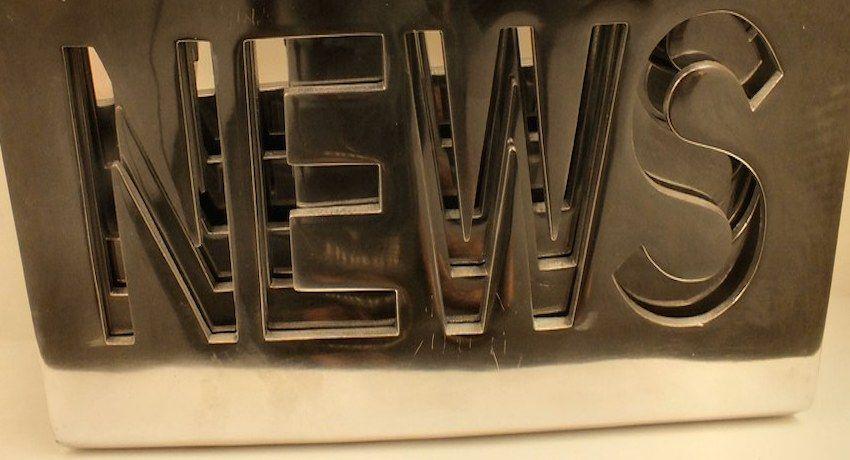
DRUET vs CATTELAN
Maurizio Cattelan is a worldwide known mediatic artist, better known for his provocative artistic works, for instance, Comedian - the banana duct-taped to a wall-, La Nona Ora – representing the Pope hit and landed by a meteorite-, or America, the golden toilet exhibited at Guggenheim.
Now the French sculptor Daniel Druet started an intellectual property dispute that could jeopardise the whole world of Contemporary art.
From 1999, Druet has elaborated nine sculptures at Cattelan’s request, but was never credited as the sculptor in any exhibition or catalogue. As a consequence, the French sculptor sued the Italian artist before the Paris Court specialised in IP, requesting to be recognised as the author of those sculptures and claiming 4.5 million euros in compensation.
Druet alleged that when Cattelan commissioned the design of the sculptures, the instructions given were very vague and therefore he had to carry out an inventive process to obtain such a realistic sculpture.
From his side, the Italian artist claimed that Druet did not have any creative choice regarding the performance of the artistic work, as he received a detailed set of instructions to follow, hence considering Druet a simple manufacturer.
The Paris Court will now have to take a decision on whether a sculptor that is commissioned by an artist to perform a certain work should be recognised, or if the artist should be the only one recognised as the author, since without the artist’s inventive process, the sculpture would not exist, whereas another manufacturer could have performed the artist’s idea.
CARTIER AND TIFFANY
Back in March we published a blog post about the legal dispute facing Cartier and Tiffany & Co., the two luxury jewellers. In a nutshell, Cartier sued Tiffany for trade secrets misappropriation, after hiring one former Cartier employee that allegedly transferred files that included very sensitive and valuable information concerning the new high- jewellery collection that Cartier was about to launch, hence considered as a trade secret by this company.
More recently, Tiffany has filed a motion before the Court to dismiss the action brought by Cartier for trade secret misappropriation, unfair competition and interference claims.
On these grounds, Tiffany claimed that the information could not be considered/classified as a trade secret, as it was not stored securely.
They argued that the former Cartier employee that allegedly transferred the secret information to Tiffany was “a low-level assistant manager”, in the sense that she was not supposed to have access to the highly-sensitive high jewellery documents. Therefore, the requirement of ensuring secrecy was not diligently executed, since no necessary measures to ensure the secrecy were duly adopted.
As our readers might know, the requirements of trade secrets are that the information has to be secret, meaning that is not readily accessible to a wide circle of persons. Moreover, it must represent a commercial value for the company and for this reason, appropriate measures should be adopted in order to preserve the information as secret.
Keep waiting for the outcome!
Details
- Publication date
- 26 May 2022
- Author
- European Innovation Council and SMEs Executive Agency
